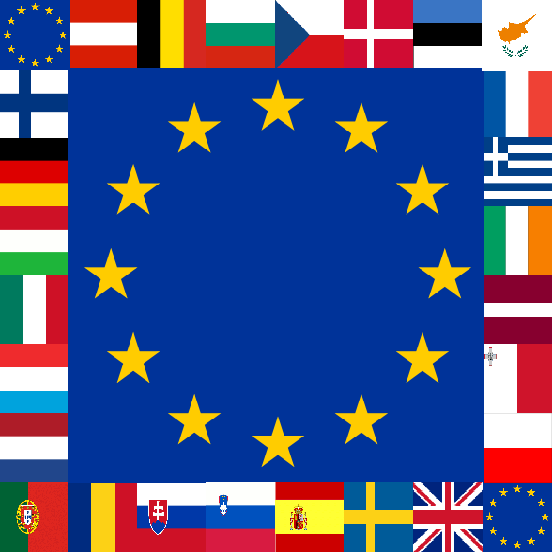
A recent Eurostat article included a handy snapshot of fruit and vegetable production in the EU. Based on the Eurostat publication ‘Agriculture, forestry and fishery statistics’, the article provides summaries of some of the main crops in the region, as follows:
Tomatoes
The EU is one of the main global producers of tomatoes. In 2013, it grew an estimated 14.9 million tons of tomatoes, of which about two thirds came from Italy and Spain.
Open-air production is typical in southern EU Member States and is complemented by all-season greenhouses production which is typical of countries such as the Netherlands or Belgium.
Carrots
About 5.1 million tons of carrots were grown by the EU-28 in 2013. Carrot production was relatively high in Poland and the UK — together these two countries accounted for a little over one quarter (14.3% and 13.5% respectively) of EU-28 output. Carrot tonnages have remained relatively stable – at around 0.7–0.8 million tons – in these two EU Member States over 2000–13 period.
Onions
The EU-28 produced about 5.7 million tons of onions in 2013.
The Netherlands and Spain are its two main onion producing countries, accounting for just over two fifths (44%) of total EU-28 output in 2013. Since 2006, production in the Netherlands has risen relatively sharply.
Fruit: Apples & Citrus
Around 12 million tons of apples were produced in the EU-28 in 2013. Apples are produced in almost all EU Member States, although Poland, Italy and France are by far the largest producers.
Citrus fruit production in the EU is much more restricted by climatic conditions; the vast majority of citrus fruit is grown by Spain.
Production of fruit and vegetables, 2013
source: ‘Agricultural production – crops’, Eurostat, 2015
image: by Thw1309 via Wikimedia Commons

